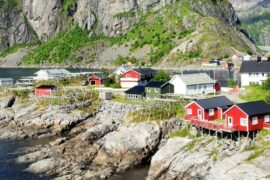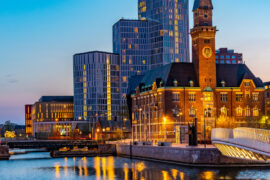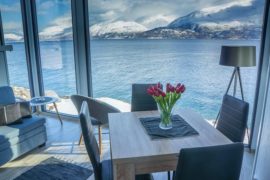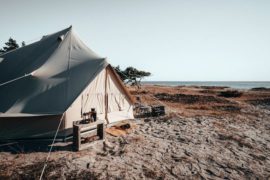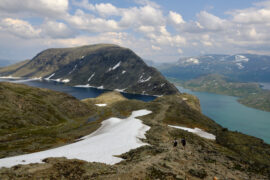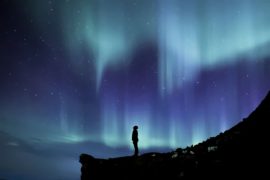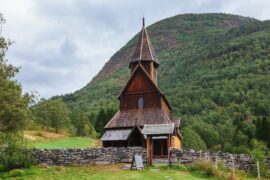You’ve heard of the Alps and the Himalayas, but what do you know about the Scandinavian Mountains? Where are they? And which countries are they in?
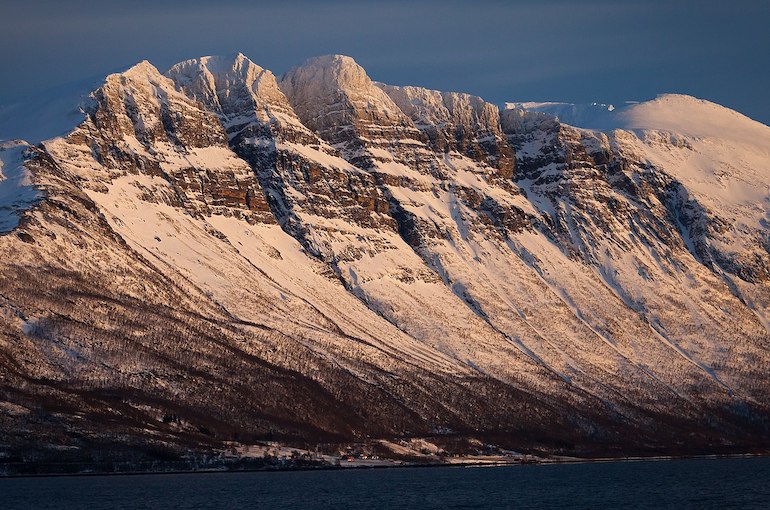
We’ve done some research into this lesser-known mountain range, also known as the Scandes, and have come come up with some fascinating facts about the Scandinavian Mountains.
So read on to find out all you need to know about the Scandinavian Mountains.
What are the Scandinavian Mountains?
Scandinavia’s largest mountain range, the Scandinavian mountains form the spine of the Scandinavian peninsula.
Compared to other mountain ranges such as the Alps and the Himalayas, they are not particularly high but the range does include some of the world’s steepest mountains.
What are the Scandes?
The Scandes is just another name for the Scandinavian Mountain range.
In Swedish, the mountains are also known as the Fjällen (literally, the mountains) and the Skanderna, while in Norwegian they are called the Skandesfjellene, Den Skandinaviske Fjellkjede and the Nordryggen (the North Ridge).
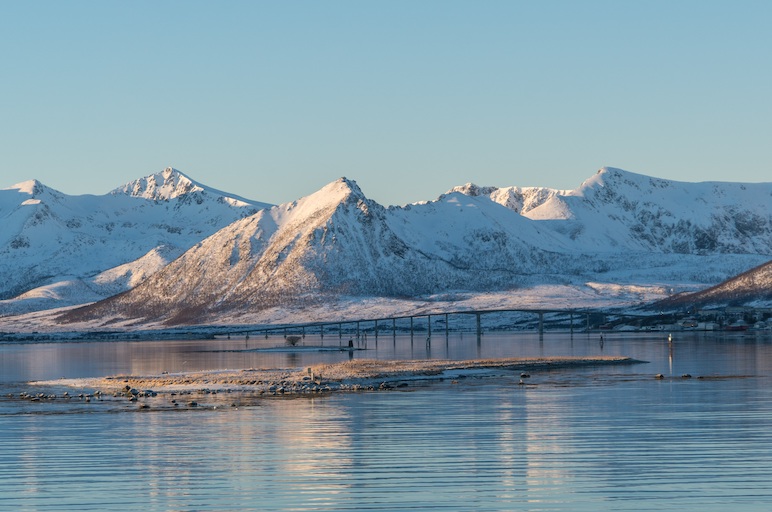
Both countries refer to the northern section of the mountain range as Kjølen or Kölen, which means “the Keel” due its shape looking like the keel of a boat.
Where are the Scandinavian Mountains located?
The clue is in the name! The Scandinavian Mountains are located in Scandinavia in northern Europe.
For more on Scandinavia and its geography, see our ultimate guide to the Scandinavian Peninsula?
Which countries are the Scandinavian mountains located in?
The Scandinavian Mountains stretch over three countries: Norway, Sweden and a tiny bit of northeastern Finland.
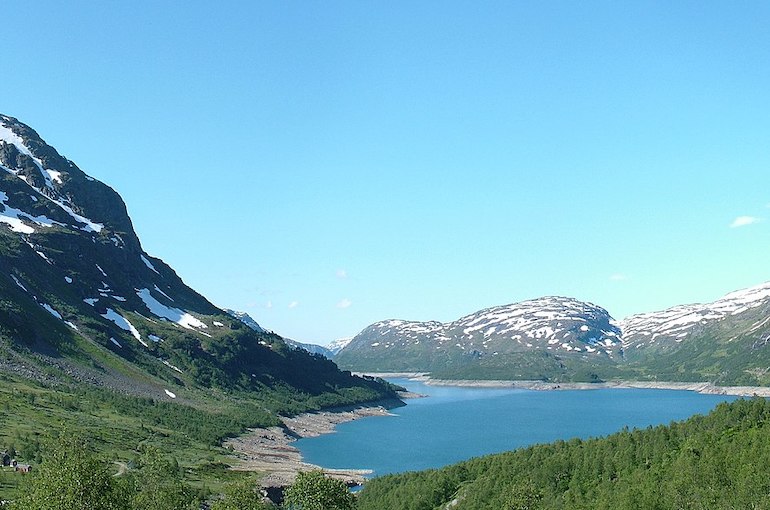
Most of the mountain range is in Norway with its western edge running down to the steeply indented fjords of the Norwegian Sea, itself part of the Atlantic Ocean.
The Eastern foothills run over into Sweden with the mountains forming the border between the two countries in the northern stretch up into the Arctic Circle.
Are the Scandinavian Mountains in Finland?
The Scandinavian Mountains do stretch over into the northwestern tip of Finland, though by this stage they are little more than foothills.
How big is the Scandinavian Mountain range?
The Scandinavian Mountain range is Europe’s longest at about 1100 miles long from its southern foothills to its northern tip. The width of the range, at its widest, is around 200 miles.
Including the outlying lowland regions, the mountain range covers an area of around 310,000 square miles.
How did the Scandinavian Mountains form? And when?
In geological terms the Scandinavian Mountains are relatively young. Although their exact origins are unknown, they are thought to date back some 400 million years to the Devonian and Ordovician eras.
They were formed by the Caledonian Mountain range being pushed upwards to form enormous mountains.
These mountains gradually eroded over some 100 million years to from a plateau, which remained relatively stable for some 250 million years.
Around 50 million years ago, the western side of the Scandinavian Mountains began to move, thrusting the land steeply upwards while the eastern side of the range remained lower.
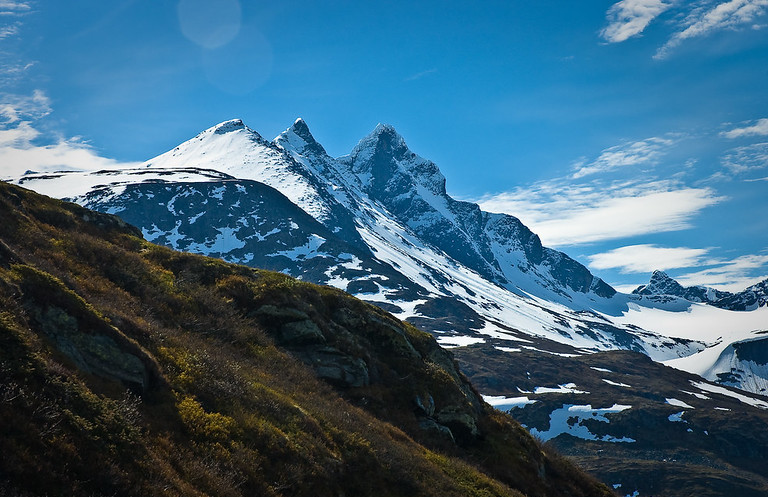
This left the mountain range at a steep angle looking a bit like the keel of a boat, hence the Scandinavian name for the range, which is Kjølen or Kölen (the keel).
And it is on the western side where you’ll find the steepest most dramatic mountains and peaks in the range, some of which plunge at almost unthinkable angles into the Norwegian fjords.
The fjords themselves were formed during the last Ice Age by glacial erosion, when large glaciers moved down the mountains and eroded away the land.
When the ice melted the fjords filled with water and became the stunning landscapes that we see today.
What type of rock are the Scandinavian mountains made of?
The rocks in the Scandinavian Mountains mostly consist of granite and gneisses. And these rocks are considerably older than the range itself, with geologists dating some of them to around 2.7 billion years old.
What’s the cultural significance of the Scandinavian Mountains?
Geographical features such as rivers and mountain ranges often form natural borders between countries, and the Scandinavian Mountains are no different.
The northern section of the range has marked the frontier between Norway and Sweden since 1751 when the Strömstad Treaty was agreed.
Since the mountainous terrain in the steeper western side of the range was so difficult to traverse, communication between communities in the mountains was limited.
That meant that culture, arts and crafts, knitting designs, dialects and even languages (for more on this, see our guide to the Norwegian language) could differ from village to village or between neighbouring valleys.
And some villages were only accessible by sea, with the daily Hurtigruten supply ship being their only contact with the outside world.
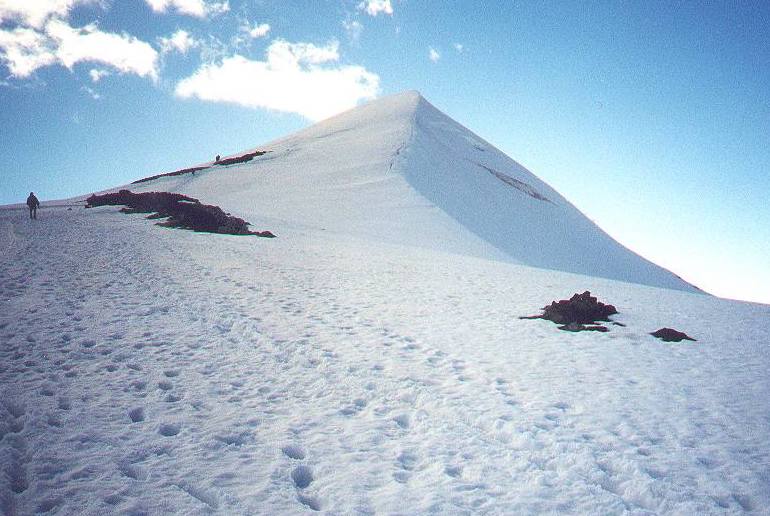
Today, road and rail communications have linked some of the more remote regions, and the Scandinavian Mountains are home to some of the world’s most dramatic road journeys, such as the Trollstigen.
What are the 10 highest peaks in the Scandinavian Mountains?
All ten of the highest peaks in the Scandinavian Mountains are in Norway. The highest mountain in Sweden is the Kebnekaise at 2096 metres high.
| Name of peak | Height |
| 1. Galdhøpiggen | 2469 m |
| 2. Glittertind | 2465 m |
| 3. Store Skagastølstind | 2405 m |
| 4. Store Styggedalstinden | 2387 m |
| 5. Skarstind | 2373 m |
| 6. Vesle Galdhøpiggen | 2369 m |
| 7. Surtningssue | 2368 m |
| 8. Store Memurutinden | 2366 m |
| 9. Jervvasstind | 2351 m |
| 10. Sentraltind | 2348 m |
Animals that live in the Scandinavian Mountains
Like most mountain habitats, life is harsh in the Scandinavian Mountains, so few large mammals thrive here.
Those that do include a very small population of bears, wolverine, elk and Arctic foxes. More common are reindeer, roe deer and red deer, mountain hares, lemmings, pine martens and stoats.
Fun things to do in the Scandinavian mountains
There’s no shortage of winter sports that you can do in the Scandinavian Mountains, including skiing, snowshoeing, dog sledding and snowmobile tours.
Outside of winter, there’s hiking, kayaking and boat trips around the fjords. So, we’ve picked our five favourite fun things to do in the Scandinavian Mountains.
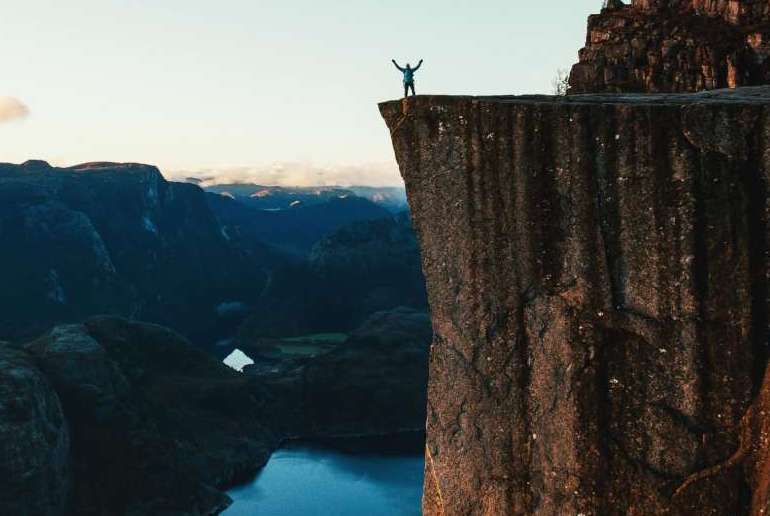
Go on a Snowmobile Safari in the Lyngen Alps
The picturesque Lyngen Alps lie in the heart of the Scandinavian Mountains and are a great place to try snowmobiling. You’ll have a go at driving the snowmobile yourself on this scenic safari that includes a warming meal round a campfire at the end.
Snowshoe up the Trolltunga
Snowshoe up one of the Scandinavian Mountains’ most iconic peaks, the Trolltunga (troll’s tongue), with an experienced guide. From here, you’ll get spectacular views over the mountains, Ringedalen lake and the Folgefonna glacier.
Kayak round the Lysefjordon
The fjords lie at the foot of some of the steepest of the Scandinavian Mountains, and what better way to get a sense of the true scale of the towering peaks than to see them from below?
This half-day kayak tour paddles gently along the foot of mountains 300-400 metres high past waterfalls and gorges – and you may even see a seal or two on the way.
Drive a team of huskies over the snow
Surrounded by the Scandinavian Mountains, the town of Kiruna in Sweden is a great place to have a go at husky sledding. On this fun trip, you’ll make friends with the dogs, be taught how to drive them, then head out over the snow, pulled by a team of huskies.
Make it your Mission Impossible to hike up Pulpit Rock
One of the Scandinavian Mountains most iconic peaks, Pulpit Rock (or Preikestolen in Norwegian) may seem familiar from the fight scene at the end of Mission Impossible: Fallout.
This guided hike takes you on the 4- to 6-hour trek up to the top of the dramatic rock formation for stomach-churning views over the Lysefjorden below.
See also:
What is Fennoscandia and where is it?
Norway’s best national parks
Five of the best Scandinavian road trips

